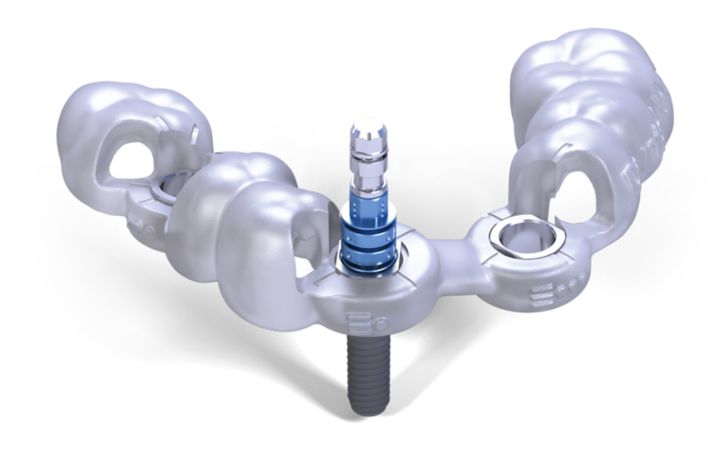The Smart Dental Implants Are REAL!
What Are Smart Dental Implants ?
Smart dental implants are a major advancement in personalized dental care. By leveraging materials science, bioengineering, and digital health technologies, the University of Pennsylvania team has created a device that not only restores function but also actively supports long-term oral health. As this smart dental implant moves closer to clinical trials, it has the potential to set a new benchmark in dental care, offering patients a smarter, safer, and more efficient solution for tooth replacement. This innovation underscores the growing role of technology in transforming healthcare.
Introducing Smart Dental Implants
A team of researchers at the University of Pennsylvania, including Park M, Islam S, Kim HE, Korostoff J, Blatz MB, Hwang G, and Kim A, has developed groundbreaking smart dental implants . This innovative device merges advanced technology with dental science to enhance patient outcomes and redefine how dental implants are monitored and maintained. Unlike traditional implants, the smart dental implant offers real-time monitoring, making it a game-changer in oral health care.
Better Care By Real-Time Monitoring
Unlike smart dental implants , traditional implants require frequent check-ups to ensure proper integration and detect issues like infection or mechanical failure. The smart dental implant eliminates this limitation by incorporating microsensors that track pressure, temperature, and pH levels in the surrounding tissue. These sensors connect to a wireless module, transmitting data to a smartphone app. This allows patients and dentists to monitor the implant’s health remotely. If the smart dental implant detects signs of inflammation or infection, it alerts the user to seek care early, reducing the risk of complications like peri-implantitis.
Promoting Stronger Integration with Smart Dental Implants
One of the standout features of the smart dental implants is their ability to enhance osseointegration—the process by which the implant fuses with the jawbone. The researchers have integrated bioactive materials that stimulate bone growth, ensuring a more stable and durable implant. This feature is especially beneficial for patients with conditions like osteoporosis, where bone density can affect implant success. By combining advanced materials with smart technology, the smart dental implant offers a more reliable solution for tooth replacement. Smart Dental Implants
Check out the research paper about smart dental implants :
Human Oral Motion-Powered Smart Dental Implant (SDI) for In Situ Ambulatory Photo-biomodulation Therapy
Recent Articles
Why Do Dentists Still Use Gold Tooth Today?
Why Do Dentists Still Use Gold Tooth Today? Gold Tooth: A Symbol of Power, Prestige, and Practicality Flashy, funky, and fiercely functional — the gold tooth has a [...]
IAN Lateralization & Transposition for Implant Placement
IAN Lateralization & Transposition for Implant Placement In the world of advanced implantology, restoring edentulous posterior mandibular regions presents unique anatomical challenges. Chief among these is the proximity [...]
How Gum Bleeding Caused By Delayed Flossing
How Delayed Flossing Causes Gum Bleeding Imagine this: You finally decide to floss after weeks of skipping it. The moment the floss slides between your teeth—bam!—you see blood. [...]
A Prehistoric Dental Filling Has Been Discovered In Slovenia
A Prehistoric Dental Filling Has Been Discovered In Slovenia The prehistoric dental filling isn't just a modern marvel of oral healthcare. Our ancestors may have beaten us [...]
Broken Endodontic Files: Causes, Implications, and Retrieval
Broken Endodontic Files: Causes, Implications, and Retrieval Strategies Understanding Reasons Behind Broken Endodontic Files Fracture of a rotary file (NiTi or stainless-steel instrument) is a distressing yet not [...]
Tooth Regeneration With Human Anti USAG 1 Therapy
Tooth Regeneration With Human Anti USAG 1 Therapy What Is Tooth Regeneration? Tooth regeneration is the process of regrowing lost or missing teeth using the body’s [...]





























